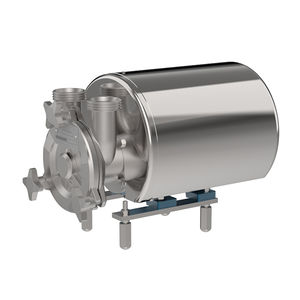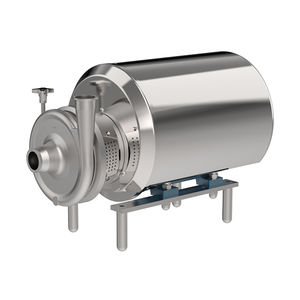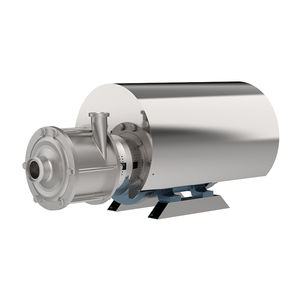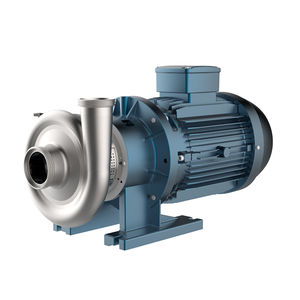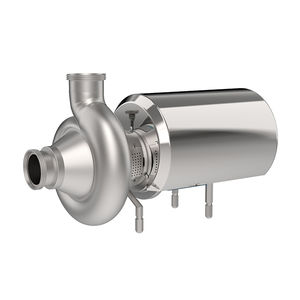
- Hydraulics - Pneumatics
- Pump
- Chemical pump
- CSF Inox Spa
- Products
- Catalogs
- News & Trends
- Exhibitions
Chemical pump CS seriesfor food productselectricself-priming

Add to favorites
Compare this product
Characteristics
- Fluid
- for chemicals, for food products
- Operation
- electric
- Priming
- self-priming
- Technology
- vane
- Mobility
- stationary
- Domain
- industrial
- Applications
- handling, process
- Material
- stainless steel
- Other characteristics
- standard, adjustable, open
- Flow
Min.: 0 m³/h
(0 ft³/h)Max.: 500 m³/h
(17,657.33336 ft³/h)- Head
Min.: 0 m
(0'00" )Max.: 100 m
(328'01" )- Fluid temperature
Min.: -20 °C
(-4 °F)Max.: 190 °C
(374 °F)- Length
Min.: 532 mm
(21 in)Max.: 1,013 mm
(40 in)- Width
Min.: 239 mm
(9.41 in)Max.: 478 mm
(18.82 in)- Height
Min.: 300 mm
(11.81 in)Max.: 555 mm
(21.85 in)
Description
The special design of the “CS” pump range means it can guarantee high levels of operation and top-of-the range performance. The parts in contact with the product are cast in AISI 316L stainless steel using the lost-wax process and are electrochemically polished. They can be supplied (on special request) made from special alloys such as SuperDuplex and Hastelloy for use in particularly aggressive operating environments. The design of the open 6-vane impeller is optimized to guarantee delicate handling of the pumped liquids. The special construction with shaft support bearing means that the “CS” series pumps can be bought with a bare shaft for subsequent quick and easy coupling with standard IEC electric motors. In the hygienic version, they have a stainless steel casing to protect the motor, supported on adjustable feet. It is possible to install an inducer on the pump intake to reduce the required NPSH value.
Catalogs
Hygienic centrifugal pump
6 Pages
GENERAL CATALOGUE
25 Pages
Exhibitions
Meet this supplier at the following exhibition(s):

Related Searches
*Prices are pre-tax. They exclude delivery charges and customs duties and do not include additional charges for installation or activation options. Prices are indicative only and may vary by country, with changes to the cost of raw materials and exchange rates.




